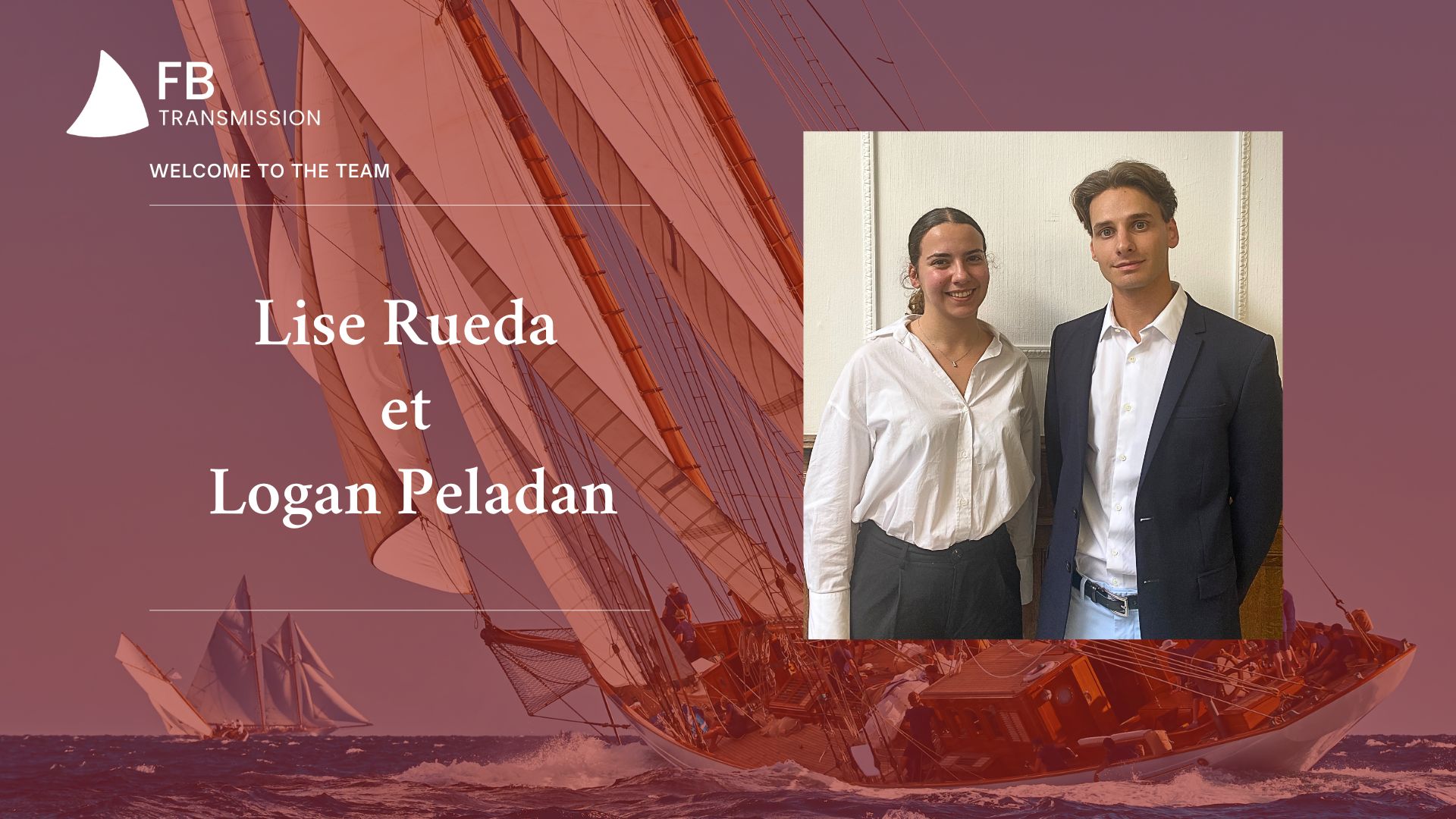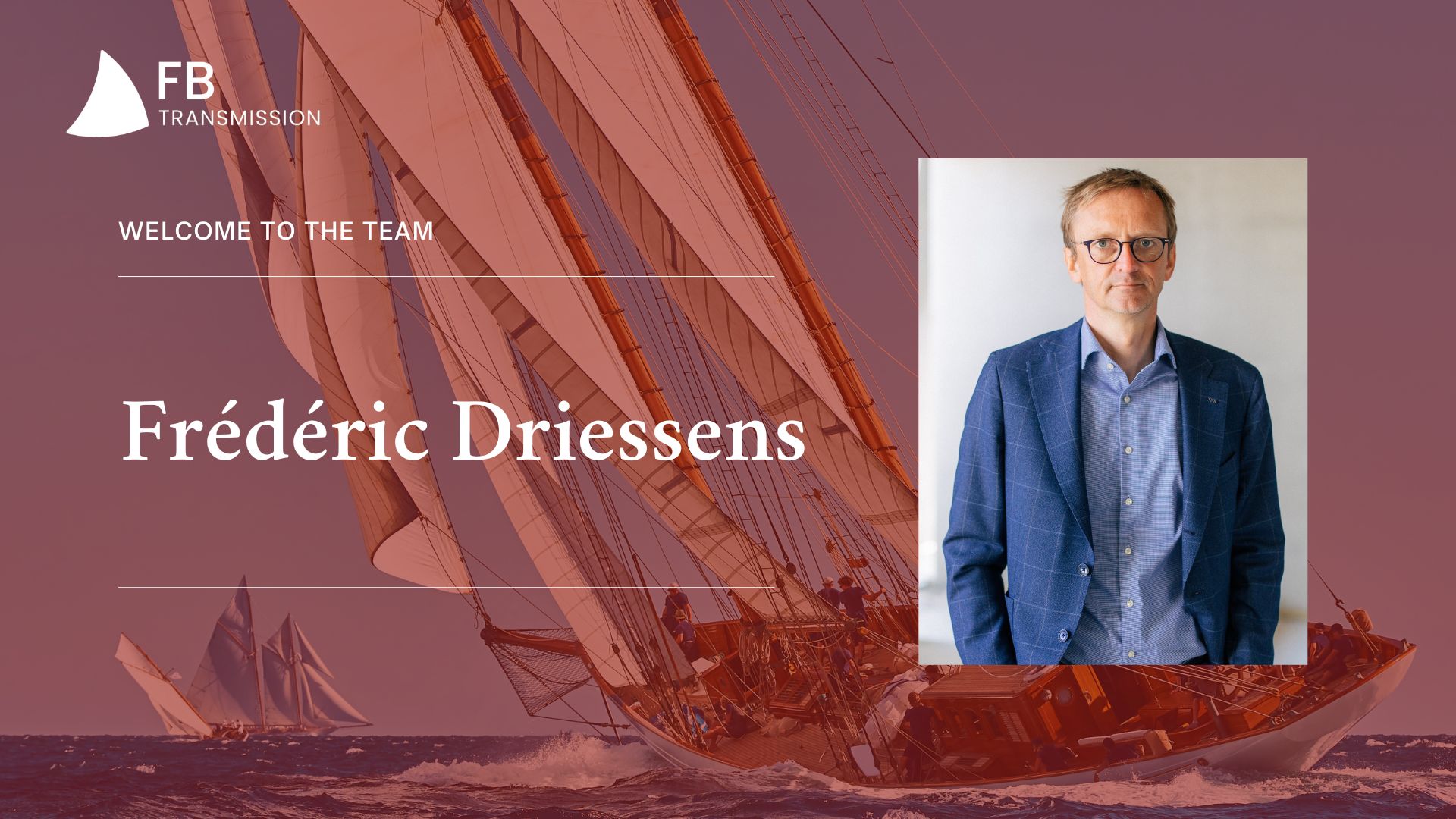Taking over to undertake

Taking over to undertake
Certain observations no longer need to be made. Part of this is the ageing population and its inevitable impact on business transfers. Retirement is cited as the main reason for a takeover (1). But if managers no longer hesitate to put their companies up for sale, they still need to find competent and motivated acquirers.
Faced with these opportunities, new acquirer profiles are emerging. Young business school graduates, executives of large companies or even seasoned consultants: they are all striving to prove their worth through entrepreneurship. But how can you succeed if you lack in-depth technical knowledge or particularly brilliant ideas?
Taking over a business
Taking over an existing company seems a logical route for these aspiring entrepreneurs, who already have solid experience and an extensive network of relationships. This effectively provides direct access to a structured and profitable business. Since the risk is easier to identify, the acquisition can be financed with a bank loan. Above all, the buyer saves valuable time as he can immediately take charge of a functioning team. This approach was conceptualised in 1984 at Harvard Business School under the name ETA or Entrepreneurship Through Acquisition. In French, the term ‘repreneurship’ emerged.
A challenge to take on
However, finding the ‘right targets’ can be more complicated than expected. It can take a considerable amount of time and the path is littered with pitfalls. Lack of experience is another handicap. Finally, the initial investment required may also prove to be a stumbling block.
Professional support
To overcome these obstacles, some buyers decide to seek support from “Search Funds” (“search funds” or “acquisition funds”). These provide a working framework and the resources needed to analyse a large number of files, using a sound methodology. Capital acquisition is done jointly, with an exit strategy (“Exit”) after a few years. The fund will then be able to reinvest the added value in a new project and the buyer will become the sole owner, having enjoyed the fund’s support during the first, often most delicate, years.
It is thus a partnership between ‘seekers’ and investors or mentors, who provide their own money and experience. Together, they commit to research, take over and manage an SME for a certain period of time. The operations carried out typically amount to between 2 million and 25 million euros.
While the virtuous combination of work and capital has always existed, the novelty lies in a more professional approach to the acquisition process. This formula particularly appeals to people in their thirties who have attended an MBA programme, as the concept is usually introduced within these programmes. The attractiveness of the model is also due to its remarkable internal rate of return (IRR): 33% on average in North America and 19% in the rest of the world.
Towards an accelerated model
Initially mainly North American, this model has been extended to Europe in recent years and is already well established in the United Kingdom and Spain. The IESE Business School also devoted a study to the subject in 2021. Some European funds already have researchers in the Benelux.
The development of ETA and Search Funds represents an important development in the world of entrepreneurship and M&A. These models offer new opportunities for both new entrepreneurs and managers who want to pass on the torch. These models can be expected to grow in popularity and influence and reshape the divestment and acquisition landscape for years to come.
(1) Business transfers and acquisitions in Wallonia (2023). Report 2022 on business transfers in Wallonia.
(2) Centre for Entrepreneurial Studies at the Stanford Graduate School of Business (2022). Search fund survey 2022.
An article for La Libre Eco by Tanguy della Faille and Arnaud Durant, Managing Partner and M&A Consultant at FB Transmission



